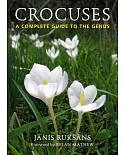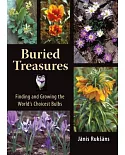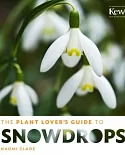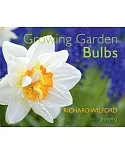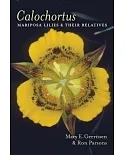The Book of Bulbs - By Samuel Arnott - Handbooks of Practical Gardening – V - Edited by Harry Roberts. Together with an Introductory Chapter on the Botany of Bulbs by the Editor. In botany, a
bulb is a short stem with fleshy leaves or leaf bases that function as food storage organs during dormancy. (In gardening, other kinds of storage organ are also called "bulbs" or "ornamental
bulbs".) A bulb’s leaf bases, also known as scales, generally do not support leaves, but contain food reserves to enable the plant to survive adverse conditions. At the center of the bulb is a
vegetative growing point or an unexpanded flowering shoot. The base is formed by a stem, and plant growth occurs from this basal plate. Roots emerge from the underside of the base, and new
stems and leaves from the upper side. Tunicate bulbs have dry, membranous outer scales that protect the continuous lamina of fleshy scales. Species in the genera Allium, Hippeastrum, Narcissus,
and Tulipa all have tunicate bulbs. Non-tunicate bulbs, such as Lilium and Fritillaria species, lack the protective tunic and have looser scales. Other types of storage organs (such as corms,
rhizomes, and tubers) are sometimes referred to as bulbs, although as the term is used in botany, they are not. The technical term for plants that form underground storage organs, including
bulbs as well as tubers and corms, is geophyte. Some epiphytic orchids (family Orchidaceae) form above-ground storage organs called pseudobulbs, that superficially resemble bulbs.


